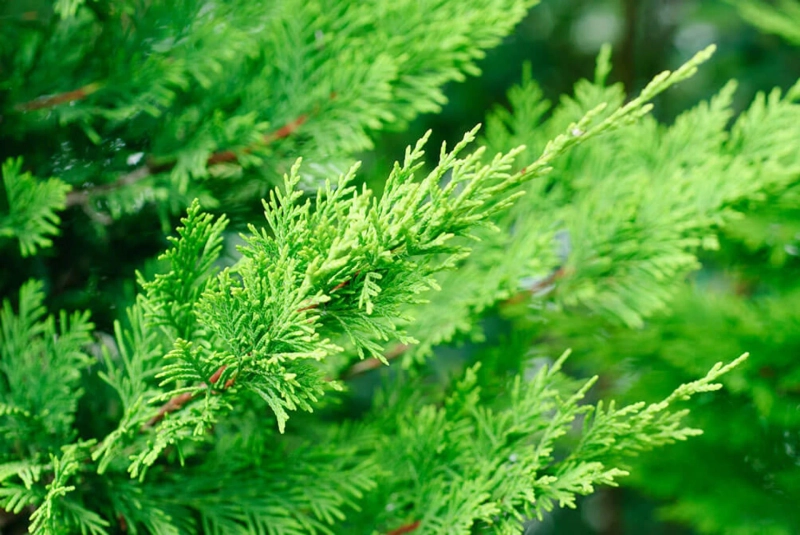Leyland Cypress is a fast-growing, drought-tolerant conifer that is often used as a living privacy fence or hedge. It can grow up to 3 feet per year and reach heights of 40 to 60 feet. Leyland cypress is an evergreen, meaning it keeps its green needles all year long.
Leyland cypress is a popular choice for privacy hedges and screens because it grows quickly and can be easily shaped with pruning. It is also tolerant of drought, salt, and clay soils. However, Leyland cypress is susceptible to several diseases and pests, including scale insects, mites, and fungal diseases.
The Leyland cypress is native to the United Kingdom. It was introduced to the United States in 1888 and has been widely planted since that time.
Why you should not consider Leyland Cypress?
There are a few reasons why you might not want to consider the Leyland cypress for your landscaping needs.
As mentioned above, this tree can grow quite large and may become overgrown and unstable if not properly maintained.Additionally, the Leyland cypress is not tolerant of wet or poorly drained soils, so it is important to make sure that your planting site has well-drained soil.Finally, this tree is not native to North America and may be considered invasive in some areas. If you are concerned about invasive species, you may want to choose another tree for your landscape.Alternatives to Leyland Cypress
There are a number of trees that can be used as alternatives to the Leyland cypress. Some examples include the American holly, Eastern redcedar, and Northern white cedar. These trees have similar growth habits to the Leyland cypress but are less likely to become invasive. Additionally, these trees are native to North America and are therefore more likely to be well-adapted to your local climate and soil conditions. Some of the best alternatives are discussed below-
Thuja occidentalis 'Emerald Green'Thuja occidentalis 'Emerald Green' is a cultivar of the Northern white cedar that grows slowly to a height of 15-20 feet. It has dense, bright green foliage and does not produce cones. This tree is similar in appearance to the Leyland cypress, but it is more tolerant of shade and wet soils. Additionally, Thuja occidentalis 'Emerald Green' is native to North America.
Cryptomeria japonica 'Elegans Nana'Cryptomeria japonica 'Elegans Nana' is a dwarf cultivar of the Japanese cedar that grows slowly to a height of 4-6 feet. It has dense, green foliage and produces small, round cones. Cryptomeria japonica 'Elegans Nana' is tolerant of many different soil types and prefers full sun, making it a good alternative to the Leyland cypress. Additionally, this tree is native to Japan and is therefore not considered invasive in North America.
Hicks YewThe Hicks yew is a slow-growing evergreen tree that can reach a height of 20-30 feet at maturity. It has dense, dark green foliage and produces small, round cones. The Hicks yew is similar to the Leyland cypress in appearance and growth habit, but it is more tolerant of shade and wet soils. Additionally, the Hicks yew is native to North America.
European BeechThe European beech is a deciduous tree that grows slowly to a height of 50-70 feet. It has dense, dark green foliage that turns bronze in the fall, and produces small, triangular nuts. The European beech is tolerant of many different soil types and prefers full sun. Additionally, this tree is native to Europe and is therefore not considered invasive in North America.
Japanese SnowbellThe Japanese snowbell is a deciduous tree that grows slowly to a height of 20-30 feet. It has delicate, white bell-shaped flowers that bloom in the spring, and glossy green leaves that turn yellow in the fall. The Japanese snowbell is tolerant of many different soil types and prefers full sun to partial shade.
Conclusion
As you can see, there are a number of trees that can be used as alternatives to the Leyland cypress. When choosing a tree for your landscape, it is important to consider your local climate and soil conditions as well as the potential for invasiveness.
0


